How to run Flutter on an Embedded Device
basysKom GmbH | How to run Flutter on an Embedded Device
https://github.com/sony/flutter-embedded-linux/wiki/Building-Flutter-Engine-from-source
flutter源码下载(最新)-CSDN博客
flutter_engine 交叉编译【自定义编译器(最新)】_flutter。engine 修改-CSDN博客
flutter移植arm32位板子_flutter框架 移植-CSDN博客
Essential Summary
In this blog we will cross compile Flutter for a generic ARMv7 Embedded Linux target. We will prepare the sdk, compile flutter and in the end run some demos.
Implementing cross platform HMIs is something we at basysKom do on a daily basis. Usually we use either Qt/QML or Web Technologies, but we are always looking at a broader spectrum of options to provide our customers the best possible solution.
Flutter is one of those other options. It is an UI Framework based on Dart, made by Google. While the primary focus of Flutter are mobile platforms like iOS and Android with a growing support for the Web, Flutter is also heading towards Linux and Windows. Interesting to know is that Google uses Flutter to provide the HMI for their own embedded devices and that it will become even more important once Fuchsia does succeed Android, since it will be the primary Ui Framework of Fuchsia.
So I wondered if it is possible to run Flutter on an UX-Gruppe MACH platform (which is an iMX.6 SOC). The short answer is: Yes it is possible.
In this blog I will explain how you can setup everything to compile and run Flutter for and on a generic ARMv7 Embedded Linux target. Since I do not know which hardware you may have at hand, I need to assume that you will be able to fill the gaps. An i.MX6 with a recent Buildroot or Yocto BSP is a good starting point.
I will show you the basic dependencies and command lines you need in order to cross-compile Flutter for ARMv7. What you can also expect is a general instruction of what needs to be done in order to finally run a Flutter App on your platform (after you compiled the engine).
Hardware Requirements
The mentioned specs are simply the spec of the hardware I used, they are not necessarily the minimum hardware requirements of Flutter on Embedded.
As mentioned, I use our own UX-Gruppe Hardware, an Ultratronic Mach Platform evaluation board with a single core iMX.6 and 1 GB of Memory. The ARMv7 iMX.6 comes with an integrated graphic chip. The touch-display draws in 1280x800px with 60hz.
SDK Requirements
All my work is done on a Thinkpad X1, running Windows 10 with an Ubuntu 18.04 executed within the Windows Linux Subsystem Version 1.0. You can of course simply run Linux natively, it’s your choice.
The UX-Gruppe hardware comes with a Buildroot Embedded Linux and an SDK/cross-toolchain for ARMv7 containing Clang/LLVM.
Make sure you have an SDK in place that is, in general, able to cross-compile to ARMv7. Ideally your SDK already supports Clang/LLVM, if not, you can of course try to build it on your own, including the required build-tools. Though this is not a trivial task and it may take you a moment or two.
Preparing Clang/LLVM Toolchain for your SDK
This is a little sidetrack since I didn’t actually needed to do it. This is something that you may only need to follow in case your SDK does either not come with any, or a not a recent enough Clang/LLVM support. Expect some stormy weather here, it all depends on the state of the SDK you are using to do this. You should know what you do since I can only give you orientation but not the path.
Get and build Clang/LLVM
To be sure you use the latest instructions, you can find them here. Ensure your host fulfills the general dependencies. Of course you need cmake, git, ssh,… .
#Setup working directory
cd ~
mkdir flutter-exp
cd flutter-exp#Clone llvm
git clone https://github.com/llvm/llvm-project.git
cd llvm-project#create build directory
mkdir build
cd build#Build the TOOLCHAIN
cmake ../llvm \-DLLVM_TARGETS_TO_BUILD=ARM \-DLLVM_DEFAULT_TARGET_TRIPLE=arm-linux-gnueabihf \-DCMAKE_BUILD_TYPE=Release \-DCMAKE_INSTALL_PREFIX=/PATH/TO/YOUR/SDKmake # consider some -j
make install Get and compile Bintools
#Setup working directory
cd ~
#mkdir flutter-exp
cd flutter-expgit clone git://sourceware.org/git/binutils-gdb.gitcd binutils-gdb./configure --prefix="/PATH/TO/YOUR/SDK" \--enable-ld \--target=arm-linux-gnueabihf
make
make installGet and compile libcxx and libcxxabi
This might be the most troublesome part. In order to avoid issues you want to be sure that the libc you are using to build the engine is new enough to support the requirements of the flutter engine.
In order to avoid breaking your embedded system by introducing a new libc I recommend to compile and link and provide them as static lib.
You already have checked out sources for both together with llvm-project.
Build libcxxabi
cd ~
cd flutter-exp
cd llvm-project
cd build cmake ../llvm/projects/libcxxabi \-DCMAKE_CROSSCOMPILING=True \-DLLVM_TARGETS_TO_BUILD=ARM \-DCMAKE_SYSROOT=/PATH/TO/YOUR/SDK/sysroot #NOTICE SYSROOT HERE! \-DCMAKE_INSTALL_PREFIX=/PATH/TO/YOUR/SDK \-DCMAKE_BUILD_TYPE=Release \-DCMAKE_SYSTEM_NAME=Linux \-DCMAKE_SYSTEM_PROCESSOR=ARM \-DCMAKE_C_COMPILER=/PATH/TO/YOUR/SDK/bin/clang \-DCMAKE_CXX_COMPILER=/PATH/TO/YOUR/SDK/bin/clang++ \-DLIBCXX_ENABLE_SHARED=False \-DLIBCXXABI_ENABLE_EXCEPTIONS=False
make # consider some -j
make check-cxx # Test
make install-cxxabiBuild libcxx
cd ~
cd flutter-exp
cd llvm-project
cd build # you may have trouble here because __cxxabi_config.h
# and cxxabi.h are not placed in /PATH/TO/YOUR/SDK/include/c++/v1
# find them and copy them there.cmake ../llvm/projects/libcxx \-DCMAKE_CROSSCOMPILING=True \-DLLVM_TARGETS_TO_BUILD=ARM \-DCMAKE_SYSROOT=/PATH/TO/YOUR/SDK/sysroot #NOTICE SYSROOT HERE! \-DCMAKE_INSTALL_PREFIX=/PATH/TO/YOUR/SDK \-DCMAKE_BUILD_TYPE=Release \-DCMAKE_SYSTEM_NAME=Linux \-DCMAKE_SYSTEM_PROCESSOR=ARM \-DCMAKE_C_COMPILER=/PATH/TO/YOUR/SDK/bin/clang \-DCMAKE_CXX_COMPILER=/PATH/TO/YOUR/SDK/bin/clang++ -DLIBCXX_ENABLE_SHARED=False \-DLIBCXX_ENABLE_EXCEPTIONS=False \-DLIBCXX_CXX_ABI=libcxxabi \-DLIBCXX_CXX_ABI_INCLUDE_PATHS=/PATH/TO/YOUR/SDK/include/c++/v1 \-DLIBCXX_CXX_ABI_LIBRARY_PATH=/PATH/TO/YOUR/SDK/lib \-DLIBCXX_ENABLE_STATIC_ABI_LIBRARY=True
make # consider some -j
make check-cxx # Test
make install-cxxCongrats! If you managed to get here with(out) trouble, you are all set to build your own Flutter-Engine.
Cross Compiling Flutter for ARM
Setup your Environment
First, get the Chromium depot tools.
cd ~
mkdir flutter-expgit clone https://chromium.googlesource.com/chromium/tools/depot_tools.git#consider this to be added to your ~/.bashrc
export PATH=~/flutter-exp/depot_tools:$PATHThen, follow the instructions of the setup development environment page of Flutter.
You have to follow Step 1 up to Step 6. Ignore Step 7, 8, 9. The last step you should do is to add a remote for the upstream repository.
Compile the Engine
Following along the instructions for desktop Linux we will now compile the engine.
cd engine
cd src./flutter/tools/gn \ --target-toolchain /PATH/TO/YOUR/SDK \--target-sysroot /PATH/TO/YOUR/SDK/sysroot \--target-triple arm-linux-gnueabihf \--arm-float-abi hard \--linux-cpu arm \--runtime-mode debug \--embedder-for-target \--no-lto \ --target-os linuxninja -C out/linux_debug_arm If you run into issue like missing *.o files during linking you do experience an issue most likely caused by libgcc not being installed correctly within the sysroot of the sdk.
You may want to make a coffee (or two) while it compiles…
Once you are done and everything is built, create a good and save location on your disk and copy
libflutter_engine.so,icudtl.datandflutter_embedder.h
from out/linux_debug_arm to your target disk.
You can check with file libflutter_engine.so that you have created an ARM ELF file.
The Embedder
The application which provides the flutter engine an opengl context and access to system resources is called “the embedder”.
A very light-weight starting point can be found here. The instructions are made for a raspberry pi + compiling on the pi. I will point out what we need to cross-compile in our more general case.
Make sure the compiler and linker can find libflutter_engine.so and flutter_embedded.h.
git clone https://github.com/andyjjones28/flutter-pi.git
cd flutter-pi
mkdir out/PATH/TO/YOUR/SDK/bin/arm-linux-gnueabihf-cc -D_GNU_SOURCE \
-lEGL \
-ldrm \
-lgbm \
-lGLESv2 \
-lrt \
-lflutter_engine \
-lpthread \
-ldl \
-I./include \
-I/usr/include \
-I/usr/include/libdrm \
./src/flutter-pi.c \
./src/platformchannel.c \
./src/pluginregistry.c \
./src/plugins/services-plugin.c \
-o out/flutter-pi How to run your Flutter App
Now that you have built it, you sure want to verify its working, right?
Prepare your device
First you have to copy the libflutter_engine.so and the icudtl.dat along with the flutter-pi to your target hardware.
Prepare the app code
For some samples, take a look here in the sample repository. Please note that many of them require deeper support, support that the sample embedder does not provide to them. You may also (depending on your system) experience some ssl certificate issues on some demos.
What should work with the embedder is the nice background particle demo.
Once you got the sources you will have to patch the main function in ./lib/main.dart. By adding debugDefaultTargetPlatformOverride = TargetPlatform.fuchsia;
before the runApp call.
// ADD THIS IMPORT
import 'package:flutter/foundation.dart';// ...... void main() {debugDefaultTargetPlatformOverride = TargetPlatform.fuchsia;runApp(MyApp());
}Bundle the app
For this step you have to install flutter on your host system (if you have not done this already). It’s a really awesome experience, don’t worry.
If you have a flutter dev setup on your host. Go to your sample directory and call:
# cd flutter-exampleflutter build bundle And now copy it to your target, next to your embedder.
Run the app
The time has come to flutter on your target. For more detailed instructions just take a look in the README of the runner repo. You can also pass flutter engine flags along by adding them after the bundle directory.
/path/to/assets/bundle/directory is the path of the flutter asset bundle directory (i.e. the directory containing the kernel_blob.bin) of the flutter app you’re trying to run.
./flutter-pi -t /dev/input0 /path/to/assets/bundle/directory And now you should see your Flutter App on your target device display, along with many additional information on your terminal.
Live capture
Add Your Heading Text Here
Conclusion
After testing and experimenting with Flutter on the iMX.6, I was really surprised by the performance you get with an unoptimized embedder within a debug build. I did not spent much time on profiling, so I can not provide you hard numbers, but it really feels like a very good start.
On the negative side, creating and maintaining an embedder with the required features is hard groundwork. This is definitely not something for juniors, since you have to get down into some dirt where even experienced developers will need to take a sip of coffee first.
On the plus side, you will get a very light-weight, fast and flexible environment to run your app in. This app can run on iOS, Android, Desktop, the Web (Javascript!) and of course on your device.
Together with the ability to use the SKIA backend and render in software Flutter should be able to run on very low end devices and render even there some basic HMI’s.
Flutter is definitely an option to take into consideration if you plan to build a multi platform HMI with a relative small dependency footprint and a very friendly BSD-3 open source license.
I hope you enjoyed this adventure into the world of Flutter like I did. If you have any suggestion or question just drop a comment down below.
Further reads
There are some great resources found in the internet that helped me to put down this article.
- Flutter on RaspberryPi
- Flutter on Toradex
- Flutter Pi
相关文章:

How to run Flutter on an Embedded Device
basysKom GmbH | How to run Flutter on an Embedded Device https://github.com/sony/flutter-embedded-linux/wiki/Building-Flutter-Engine-from-source flutter源码下载(最新)-CSDN博客 flutter_engine 交叉编译【自定义编译器(最新)】_flutter。engine 修改-CSDN博客 …...
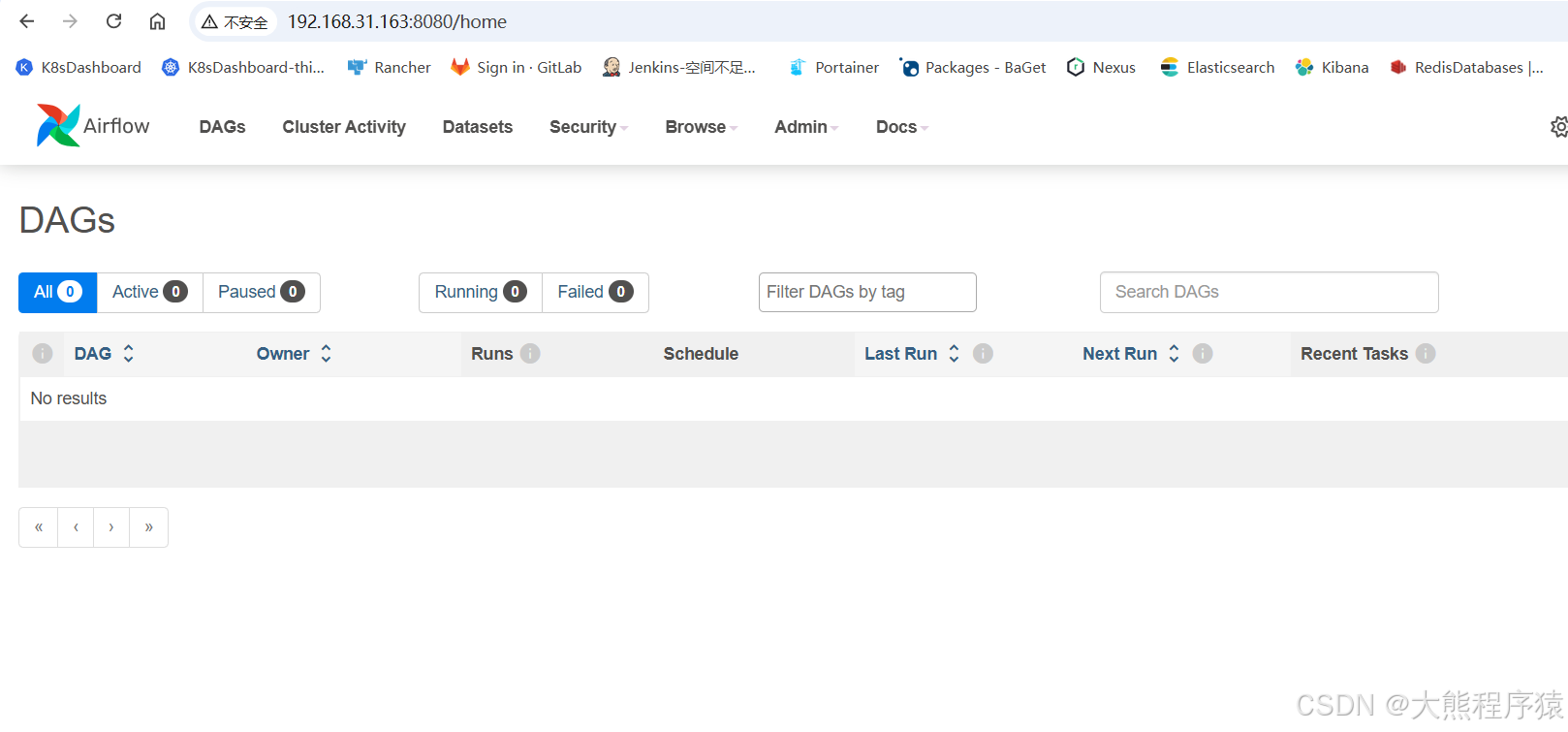
airflow docker 安装
mkdir -p /root/airflow cd /root/airflow && mkdir -p ./dags ./logs ./plugins ./configcd /root/airflow/ wget https://airflow.apache.org/docs/apache-airflow/2.10.4/docker-compose.yaml nano docker-compose.yamlAIRFLOW__CORE__LOAD_EXAMPLES: false #初始化…...

浅析InnoDB引擎架构(已完结)
大家好,我是此林。 今天来介绍下InnoDB底层架构。 1. 磁盘架构 我们所有的数据库文件都保存在 /var/lib/mysql目录下。 由于我这边是docker部署的mysql,用如下命令查看mysql数据挂载。 docker inspect mysql-master 如下图,目前只有一个数…...
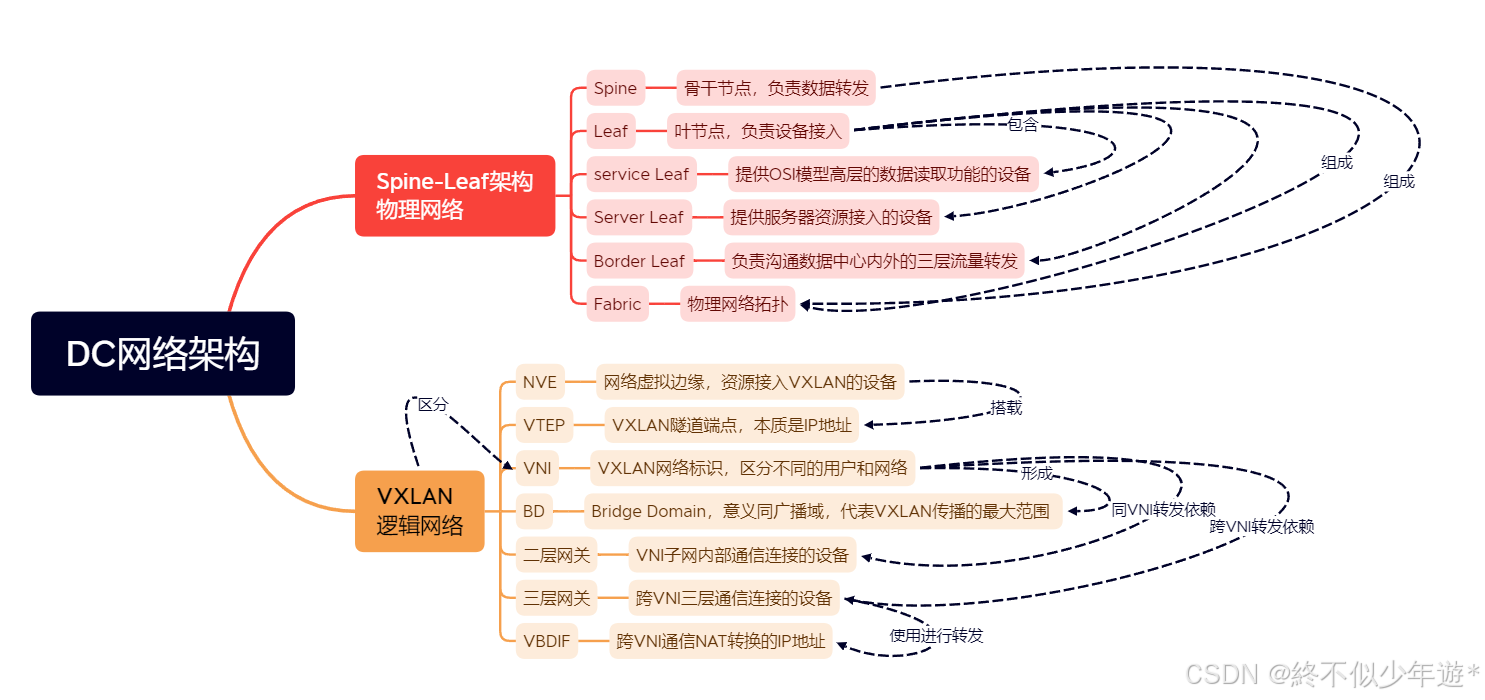
华为云计算HCIE笔记02
第二章:华为云Stack规划设计 交付总流程 准备工作:了解客户的基本现场,并且对客户的需求有基本的认知。 HLD方案BOQ报价设备采购和设备上架 2.安装部署流程 硬件架构设计 硬件设备选配 设备上架与初始化配置 准备相关资料(自动下载…...
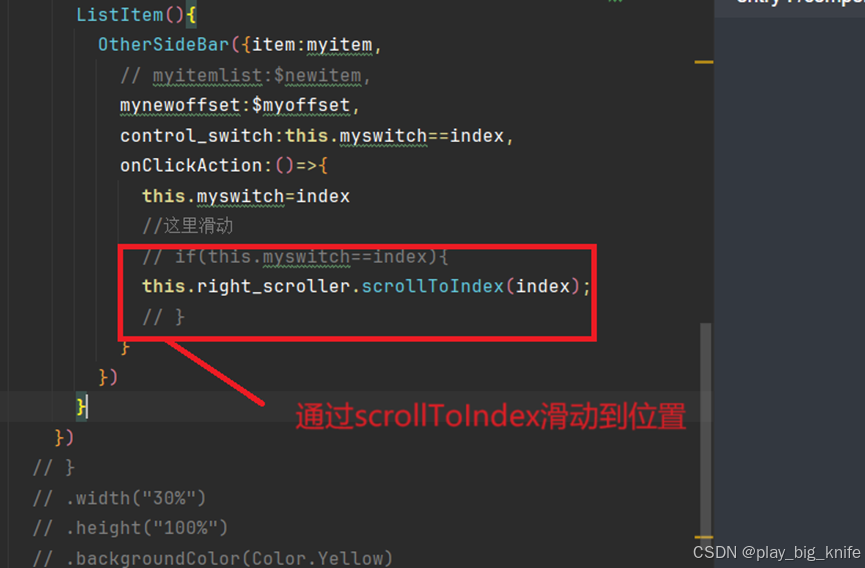
鸿蒙项目云捐助第十讲鸿蒙App应用分类页面二级联动功能实现
鸿蒙项目云捐助第十讲鸿蒙App应用分类页面二级联动功能实现 在之前的教程中完成了分类页面的左右两侧的列表结构,如下图所示。 接下来需要实现左侧分类导航项的点击操作,可以友好的提示用户选择了哪一个文字分类导航项。 一、左侧文字分类导航的处理 …...
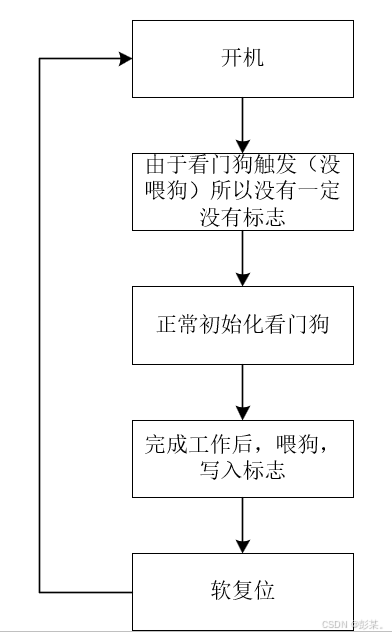
STM32低功耗模式结合看门狗
STM32低功耗模式结合看门狗 前言 最近做到一个需求要使用STM32的低功耗模式进行长时间待机应用,每隔十分钟发送一次数据到服务器上,当不发送的时候就处于低功耗模式。在经过一段时间的测试以后发现板子过三四天左右就没有数据上传服务器了,…...
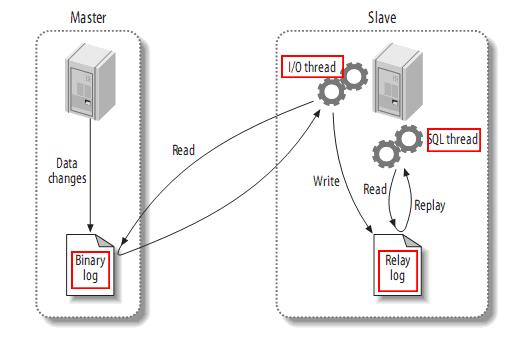
数据迁移工具,用这8种!
前言 最近有些小伙伴问我,ETL数据迁移工具该用哪些。 ETL(是Extract-Transform-Load的缩写,即数据抽取、转换、装载的过程),对于企业应用来说,我们经常会遇到各种数据的处理、转换、迁移的场景。 今天特地给大家汇总了一些目前…...
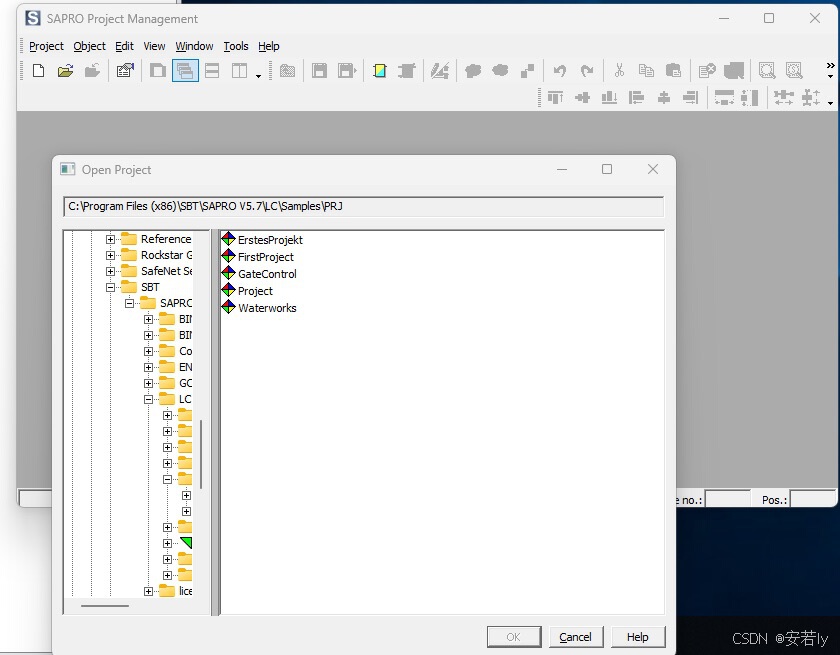
Sapro编程软件
Sapro软件是由西门子建筑科技公司开发的一款编程软件,主要用于Climatix控制器的编程、调试及相关功能实现.以下是其具体介绍: • 功能强大:可进行HVAC控制编程,实现设备控制、HMI用户访问和设备集成等功能,满足复杂的…...

Python图注意力神经网络GAT与蛋白质相互作用数据模型构建、可视化及熵直方图分析...
全文链接:https://tecdat.cn/?p38617 本文聚焦于图注意力网络GAT在蛋白质 - 蛋白质相互作用数据集中的应用。首先介绍了研究背景与目的,阐述了相关概念如归纳设置与转导设置的差异。接着详细描述了数据加载与可视化的过程,包括代码实现与分析…...

2024年图像处理、多媒体技术与机器学习
重要信息 官网:www.ipmml.org 时间:2024年12月27-29日 地点:中国-大理 简介 2024年图像处理、多媒体技术与机器学习(CIPMT 2024)将于2024年12月27-29日于中国大理召开。将围绕图像处理与多媒体技术、机器学习等在…...

java 1.8+springboot文件上传+vue3+ts+antdv
1.参考 使用SpringBoot优雅的实现文件上传_51CTO博客_springboot 上传文件 2.postman测试 报错 :postman调用时body参数中没有file单词 Resolved [org.springframework.web.multipart.support.MissingServletRequestPartException: Required request part file is…...
【机器人】机械臂轨迹和转矩控制对比
动力学控制和轨迹跟踪控制是机器人控制中的两个概念,它们在目标、方法和应用上有所不同,但也有一定关联。以下是它们的区别和联系: 1. 动力学控制 动力学控制是基于机器人动力学模型的控制方法,目标是控制机器人关节力矩或力&…...

如何利用矩阵化简平面上的二次型曲线
二次型曲线的定义 在二维欧式平面上,一个二次型曲线都可以写成一个关于 x , y x,y x,y的二元二次多项式: F ( x , y ) a 11 x 2 2 a 12 x y a 22 y 2 2 a 1 x 2 a 2 y a 0 0 \begin{equation} F(x,y)a_{11}x^22a_{12}xya_{22}y^22a_1x2a_2ya_00…...
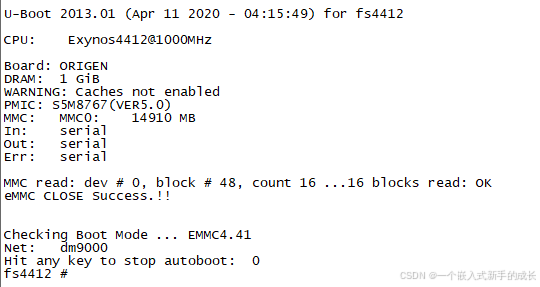
【系统移植】制作SD卡启动——将uboot烧写到SD卡
在开发板上启动Linux内核,一般有两种方法,一种是从EMMC启动,还有一种就是从SD卡启动,不断哪种启动方法,当开发板上电之后,首先运行的是uboot。 制作SD卡启动,首先要将uboot烧写到SD卡ÿ…...
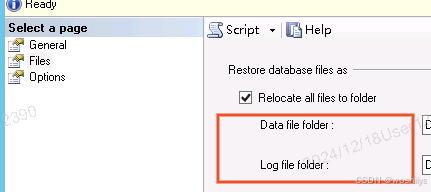
sql server 数据库还原,和数据检查
右键数据库选择还原, 还原的备份文件必须选择在本地的文件(远程文件没有试过)还原数据库名字可以修改,然后file选择中有个2个目录data file 的目录 ,和log data 的目录都可以重新选择还原到的新的目录,不要…...
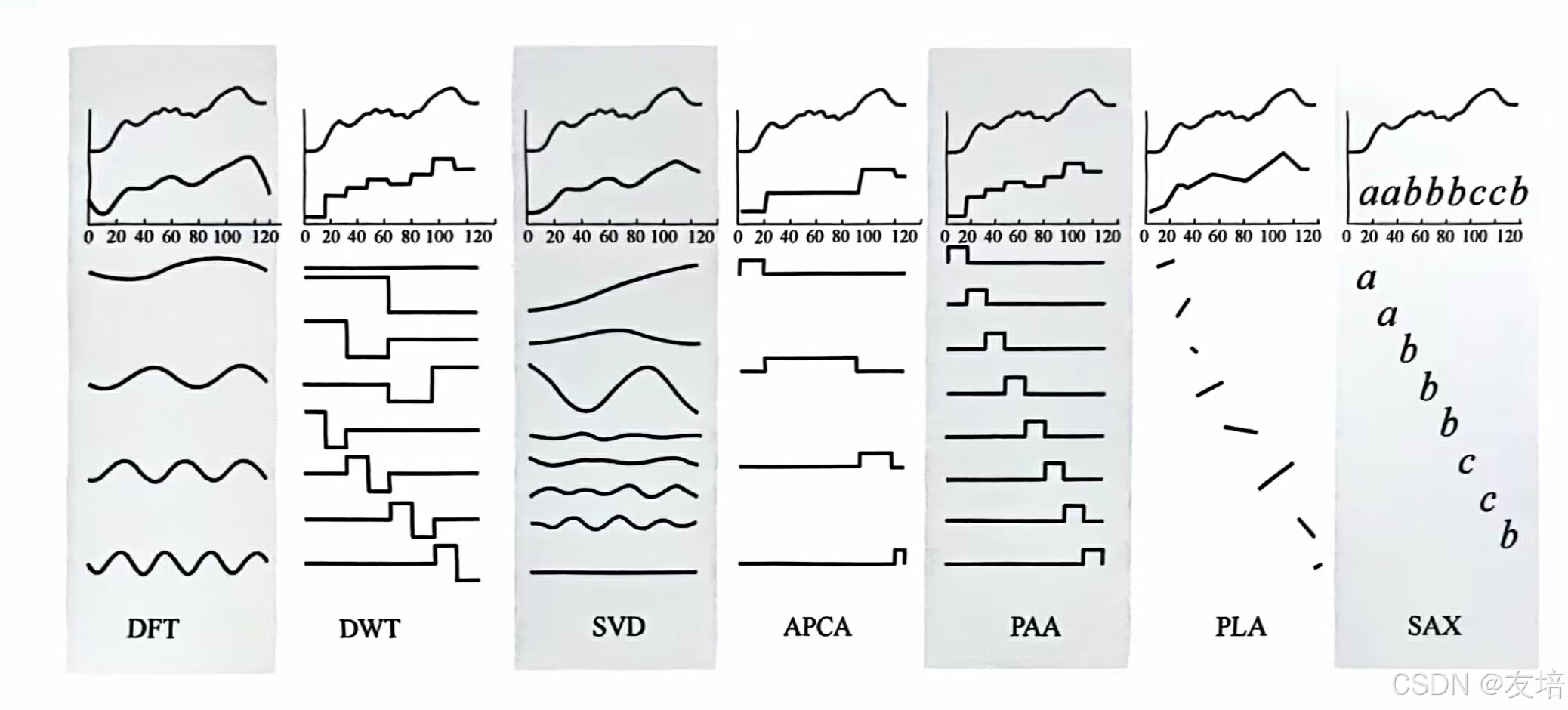
工业大数据分析算法实战-day12
文章目录 day12时序分解STL(季节性趋势分解法)奇异谱分析(SSA)经验模态分解(EMD) 时序分割ChangpointTreeSplitAutoplait有价值的辅助 时序再表征 day12 今天是第12天,昨天主要是针对信号处理算…...
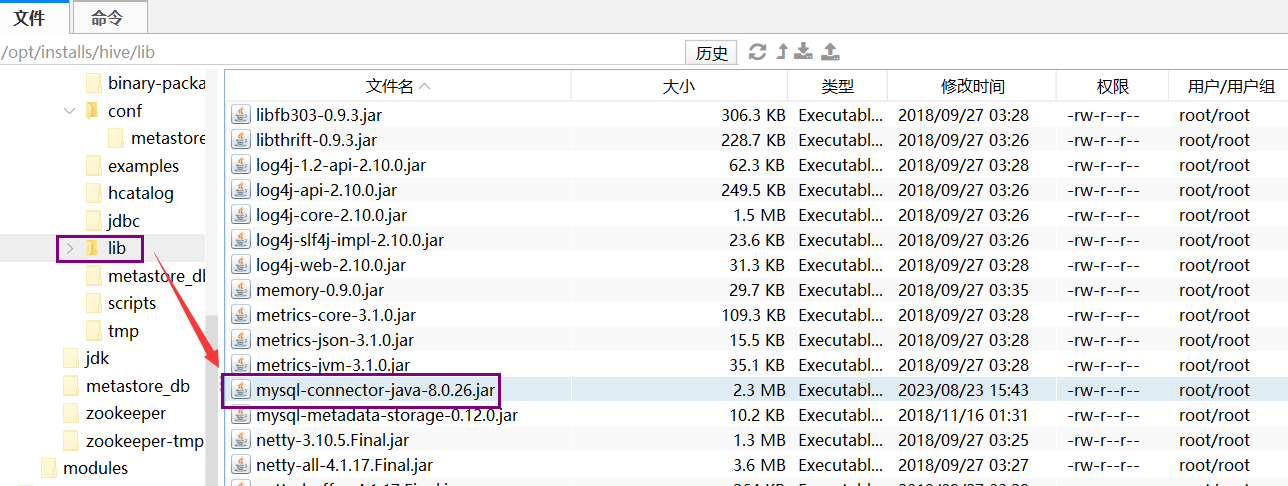
Hive其一,简介、体系结构和内嵌模式、本地模式的安装
目录 一、Hive简介 二、体系结构 三、安装 1、内嵌模式 2、测试内嵌模式 3、本地模式--最常使用的模式 一、Hive简介 Hive 是一个框架,可以通过编写sql的方式,自动的编译为MR任务的一个工具。 在这个世界上,会写SQL的人远远大于会写ja…...
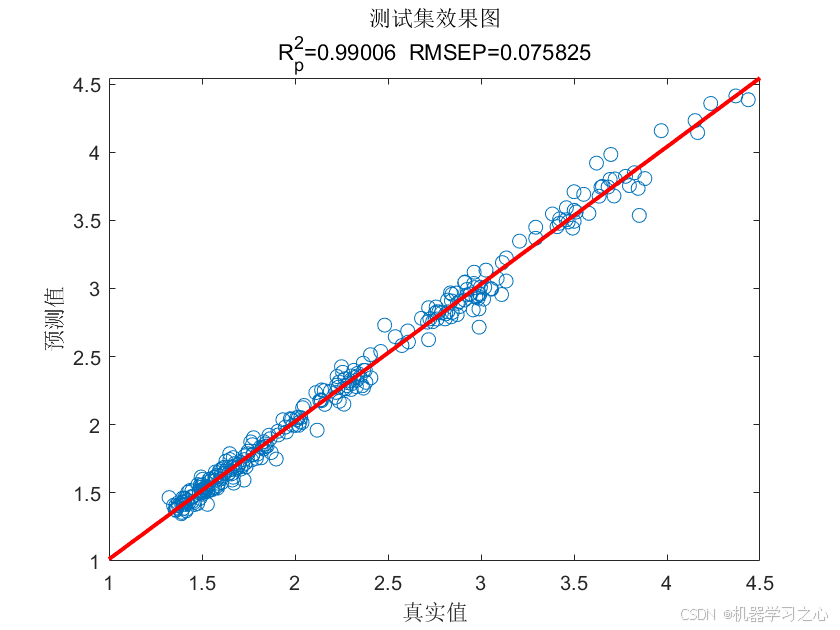
LSTM-SVM时序预测 | Matlab基于LSTM-SVM基于长短期记忆神经网络-支持向量机时间序列预测
LSTM-SVM时序预测 | Matlab基于LSTM-SVM基于长短期记忆神经网络-支持向量机时间序列预测 目录 LSTM-SVM时序预测 | Matlab基于LSTM-SVM基于长短期记忆神经网络-支持向量机时间序列预测预测效果基本介绍程序设计参考资料 预测效果 基本介绍 1.LSTM-SVM时序预测 | Matlab基于LSTM…...

MacPorts 中安装高/低版本软件方式,以 RabbitMQ 为例
查询信息 这里以 RabbitMQ 为例,通过搜索得到默认安装版本信息: port search rabbitmq-server结果 ~/Downloads> port search rabbitmq-server rabbitmq-server 3.11.15 (net)The RabbitMQ AMQP Server ~/Downloads>获取二进制文件 但当前官网…...
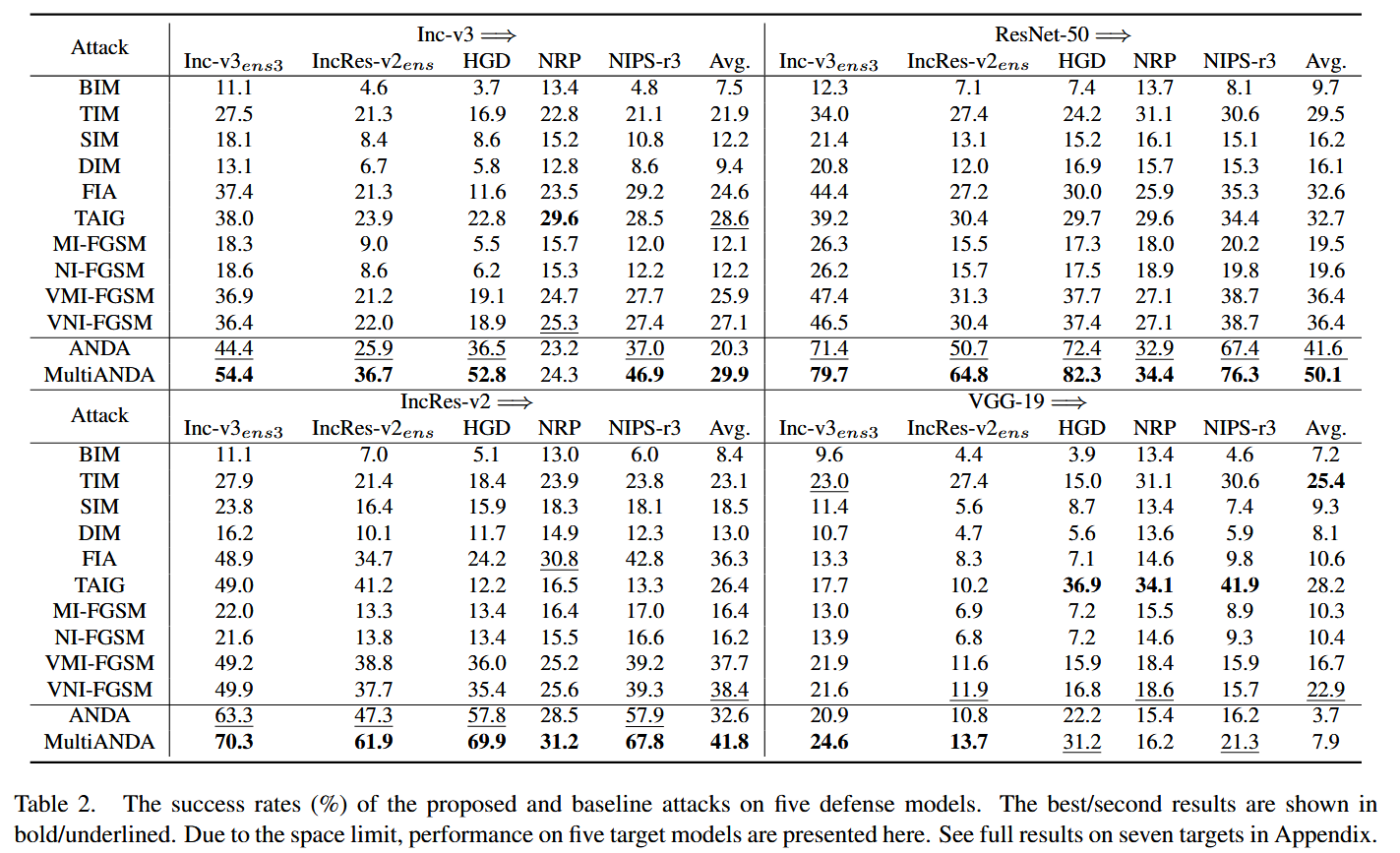
CVPR2024 | 通过集成渐近正态分布学习实现强可迁移对抗攻击
Strong Transferable Adversarial Attacks via Ensembled Asymptotically Normal Distribution Learning 摘要-Abstract引言-Introduction相关工作及前期准备-Related Work and Preliminaries1. 黑盒对抗攻击2. SGD的渐近正态性 提出的方法-Proposed Method随机 BIM 的渐近正态…...

Leetcode 3576. Transform Array to All Equal Elements
Leetcode 3576. Transform Array to All Equal Elements 1. 解题思路2. 代码实现 题目链接:3576. Transform Array to All Equal Elements 1. 解题思路 这一题思路上就是分别考察一下是否能将其转化为全1或者全-1数组即可。 至于每一种情况是否可以达到…...

ubuntu搭建nfs服务centos挂载访问
在Ubuntu上设置NFS服务器 在Ubuntu上,你可以使用apt包管理器来安装NFS服务器。打开终端并运行: sudo apt update sudo apt install nfs-kernel-server创建共享目录 创建一个目录用于共享,例如/shared: sudo mkdir /shared sud…...
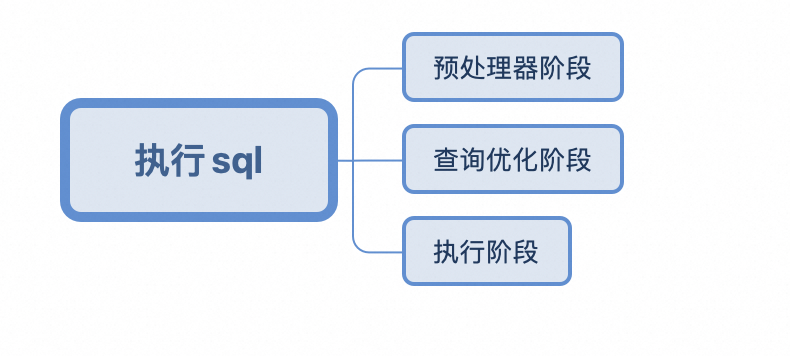
Mysql中select查询语句的执行过程
目录 1、介绍 1.1、组件介绍 1.2、Sql执行顺序 2、执行流程 2.1. 连接与认证 2.2. 查询缓存 2.3. 语法解析(Parser) 2.4、执行sql 1. 预处理(Preprocessor) 2. 查询优化器(Optimizer) 3. 执行器…...

Python Einops库:深度学习中的张量操作革命
Einops(爱因斯坦操作库)就像给张量操作戴上了一副"语义眼镜"——让你用人类能理解的方式告诉计算机如何操作多维数组。这个基于爱因斯坦求和约定的库,用类似自然语言的表达式替代了晦涩的API调用,彻底改变了深度学习工程…...
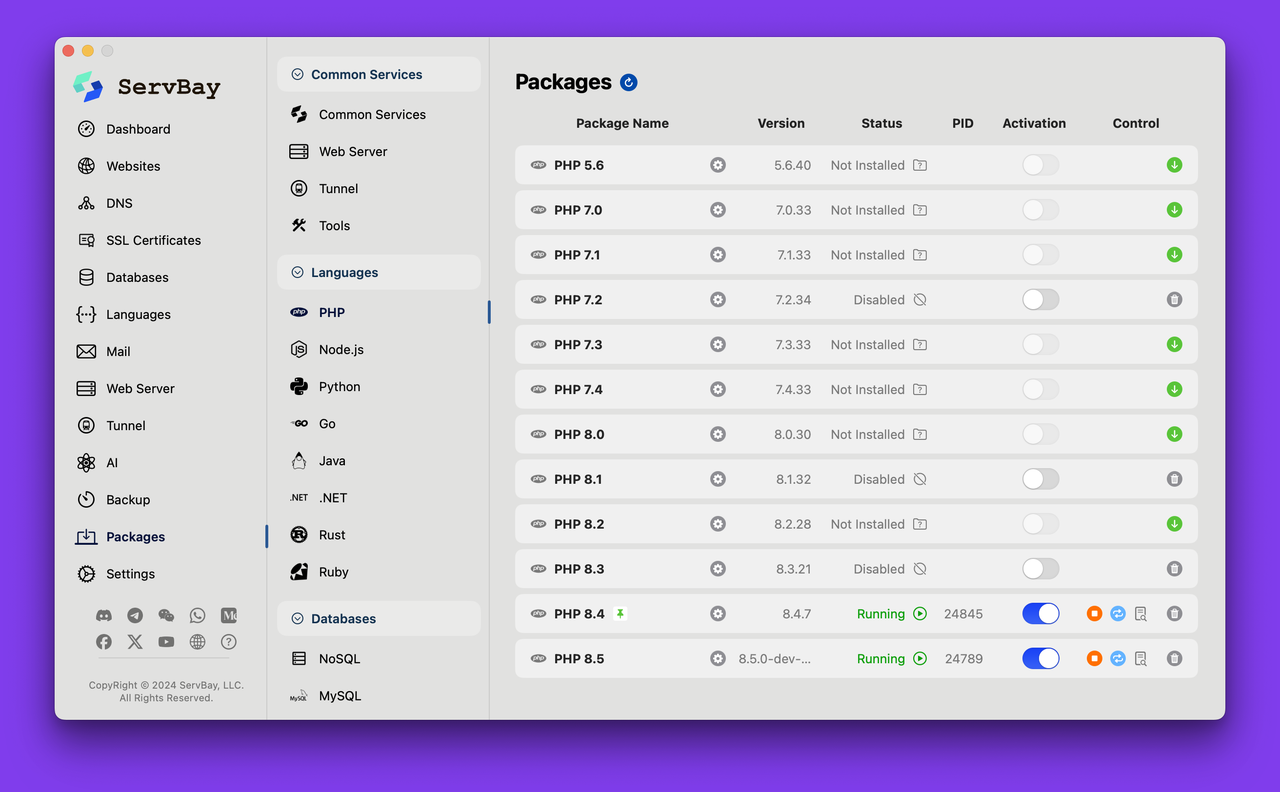
PHP 8.5 即将发布:管道操作符、强力调试
前不久,PHP宣布了即将在 2025 年 11 月 20 日 正式发布的 PHP 8.5!作为 PHP 语言的又一次重要迭代,PHP 8.5 承诺带来一系列旨在提升代码可读性、健壮性以及开发者效率的改进。而更令人兴奋的是,借助强大的本地开发环境 ServBay&am…...

【iOS】 Block再学习
iOS Block再学习 文章目录 iOS Block再学习前言Block的三种类型__ NSGlobalBlock____ NSMallocBlock____ NSStackBlock__小结 Block底层分析Block的结构捕获自由变量捕获全局(静态)变量捕获静态变量__block修饰符forwarding指针 Block的copy时机block作为函数返回值将block赋给…...

Windows 下端口占用排查与释放全攻略
Windows 下端口占用排查与释放全攻略 在开发和运维过程中,经常会遇到端口被占用的问题(如 8080、3306 等常用端口)。本文将详细介绍如何通过命令行和图形化界面快速定位并释放被占用的端口,帮助你高效解决此类问题。 一、准…...
)
Electron简介(附电子书学习资料)
一、什么是Electron? Electron 是一个由 GitHub 开发的 开源框架,允许开发者使用 Web技术(HTML、CSS、JavaScript) 构建跨平台的桌面应用程序(Windows、macOS、Linux)。它将 Chromium浏览器内核 和 Node.j…...
MeanFlow:何凯明新作,单步去噪图像生成新SOTA
1.简介 这篇文章介绍了一种名为MeanFlow的新型生成模型框架,旨在通过单步生成过程高效地将先验分布转换为数据分布。文章的核心创新在于引入了平均速度的概念,这一概念的引入使得模型能够通过单次函数评估完成从先验分布到数据分布的转换,显…...

第14节 Node.js 全局对象
JavaScript 中有一个特殊的对象,称为全局对象(Global Object),它及其所有属性都可以在程序的任何地方访问,即全局变量。 在浏览器 JavaScript 中,通常 window 是全局对象, 而 Node.js 中的全局…...
